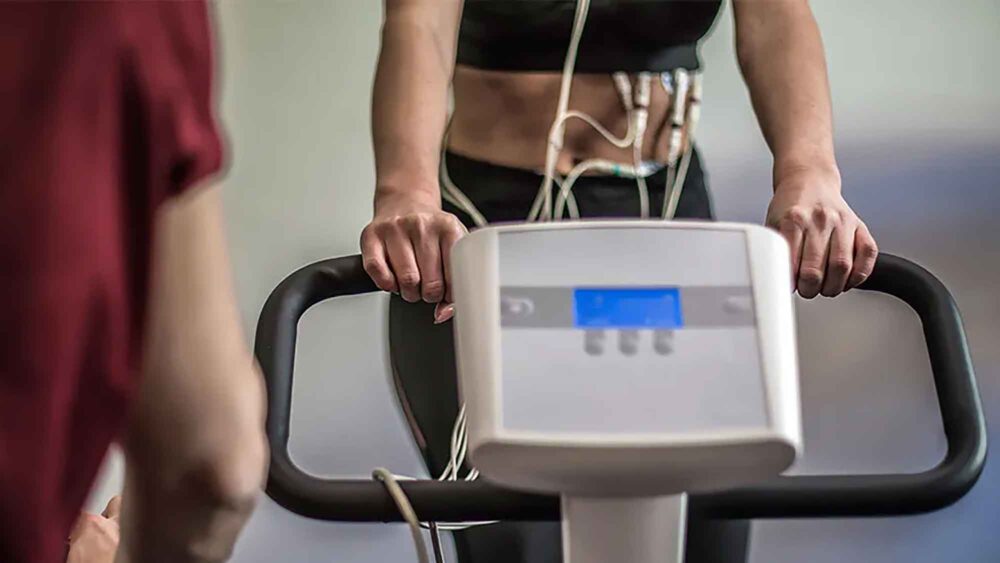Some pilots renewing their Class 2 medicals have to take an Exercise ECG if they are over 60 and taking blood pressure medication.
This is happening even though they are taking approved medication and have had stable blood pressure readings for some time.
The change has come in guidance from the CAA Medical Dept to AeroMedical Examiners (AMEs) issued in October 2023.
The advice says, “Class 1 and Class 2 pilots should have their 10 year cardiovascular risk assessed at each medical (using lipid measurements where available) and where this exceeds 10% should undergo periodic exercise testing.”
One common test to assess cardiavascular risk is using the Qrisk calculator (available here).
One AME said, “The Qrisk calculator used is only valid for those with proven Ischaemic Heart Disease and those who have had a (mini) stroke and thus skewed away from the normal population who just have hypertension.”
An Exercise ECG is described by the British Heart Foundation as a test to show whether your heart muscle is getting enough blood from the coronary arteries during physical activity.
Watch the video here.
Not only is there a cost for the Exercise ECG but it also requires an appointment with a private consultant cardiologist and a report sent to the AME. One pilot on the FLYER Forum said the Class 2 ended up costing him £895.
FLYER has asked the CAA for comment and will update this article should it arrive.
However, Dr Ewan Hutchison, Lead Consultant for Medical Certification (CAA Medical Department), told AOPA UK in its latest newsletter, “There have been no significant changes in our guidance to AMEs for hypertension.
“I wonder whether a few of your members have reached a point where their risk of a major adverse cardiac event e.g. a heart attack has become significant.
“Our hypertension guidance back to 2013 has required that those with a 10-year cardiovascular risk >10% should have further screening to determine whether or not they currently have significant coronary artery disease.
“What may have changed in clinical practice is the method of assessing this. With improvements in technology, cardiologists are more likely to want to undertake CT coronary angiograms than exercise testing.
“Our guidance still refers to ‘periodic exercise testing’. We are in the process of reviewing and updating our guidance to reflect the use of new technologies but have not yet shared this material with AMEs.”
The AOPA newsletter continues, “Statistically, using a Cardiovascular Risk Assessment tool such as this [Qrisk – Ed] anyone over 60 is unlikely to have a cardiovascular risk of less than 10% and such an assessment could lead to a requirement to undertake further expensive screening which may not make any difference to the risk.
“The most likely outcome is that Pilots will not renew their Class 2 medical and either use a LAPL medical or make a PMD.”
The long term implications for GA could be immense, with many flying instructors and experienced pilots ‘throwing in the towel on the grounds of cost and hassle”.
Follow the discussion on the FLYER Forum here.












